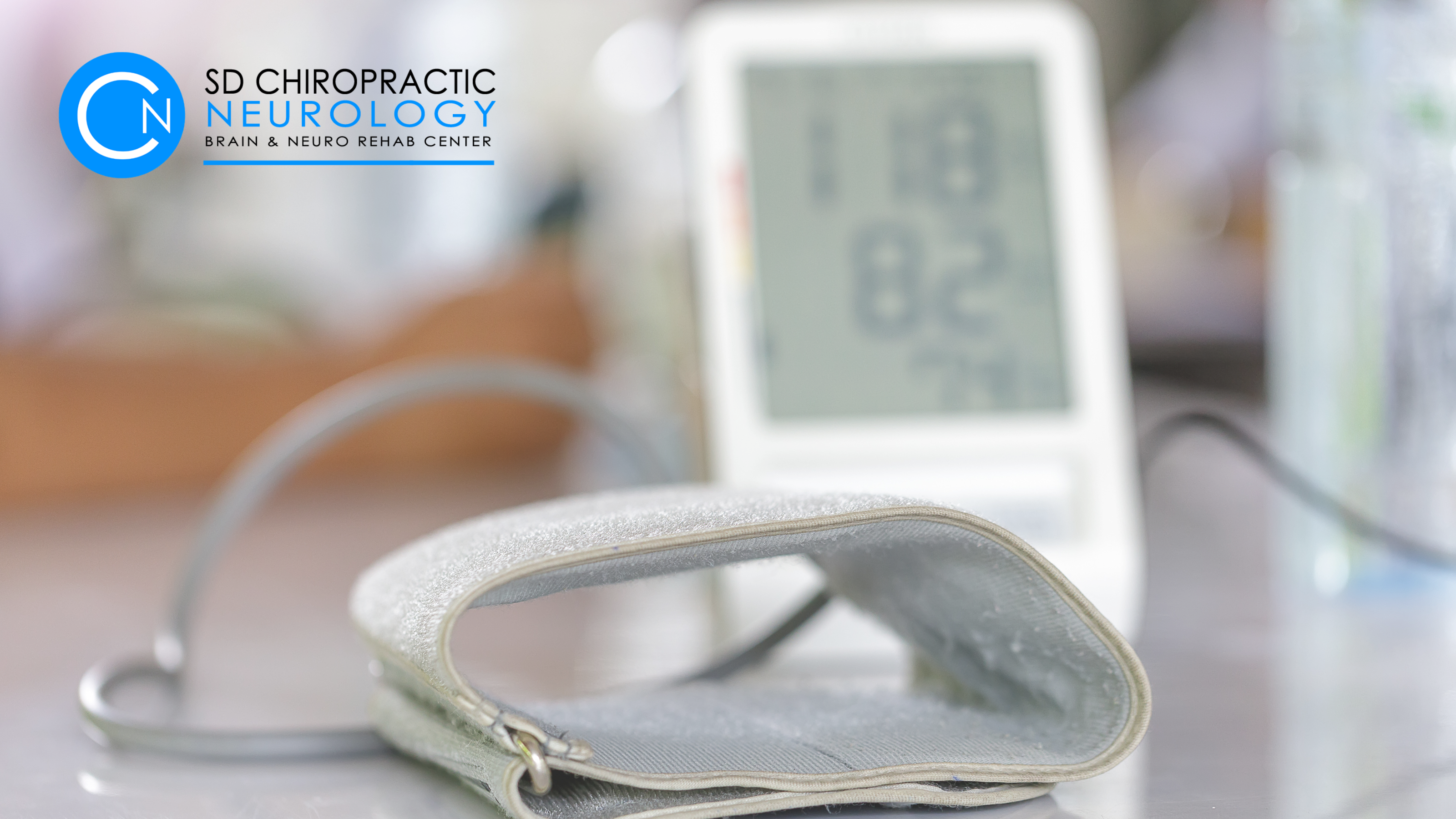
Dysautonomia can make daily life difficult, perplexing, and occasionally lonely. This complicated illness impacts the autonomic nervous system, which regulates involuntary body processes like heart rate, blood pressure, digestion, and temperature regulation. To assist patients in understanding and managing their dysautonomia, we will examine the many forms of the disorder in this blog article, along with its causes, symptoms, and possible therapeutic techniques.
Dysautonomia Types:
Postural Orthostatic Tachycardia Syndrome (POTS):
Characterized by a markedly elevated heart rate when standing and is frequently accompanied by symptoms including weakness, lightheadedness, dizziness, anxiety, and fainting. Though it can happen to anyone, regardless of age or gender, it more often affects young women. People have noted POTS with long COVID symptoms as well.
Orthostatic Hypotension (OH):
Defined by a sudden drop in blood pressure with a change in position. During OH episodes, we can’t maintain proper blood pressure causing decreased blood flow to the brain. Symptoms include:
- Tachycardia (rapid heart rate)
- Hypotension (low blood pressure)
- Fainting or near-fainting episodes
- Fatigue
- Digestive issues (such as nausea, constipation, or diarrhea)
- Sweating abnormalities
- Temperature dysregulation
Vasovagal Syncope (VVS):
Often characterized by a sudden decrease in blood pressure that causes fainting. It frequently happens due to stress, pain, dehydration, or extended standing.
Multiple System Atrophy (MSA):
This uncommon and progressive neurodegenerative illness impacts many systems in the body, including the autonomic nervous system. Symptoms include speech issues, bladder difficulties, and balance and coordination issues.
Pure Autonomic Failure (PAF):
Defined as the autonomic nervous system failing without the presence of any other neurological symptoms. Symptoms like urine retention, sexual dysfunction, and orthostatic hypotension—a dip in blood pressure upon standing—are key features.
Causes of Dysautonomia:
Depending on the particular form, dysautonomia may have several possible causes. It may be caused by a mix of autoimmune, environmental, and genetic factors. Dysautonomia can occasionally develop as a side effect of other illnesses such as diabetes, COVID-19, Parkinson’s disease, or autoimmune diseases.
Management Strategies: Several therapy alternatives can help reduce symptoms and improve quality of life, even though there is currently no known cure for dysautonomia. These could include lifestyle modifications such as drinking extra water and salt, wearing compression clothing, avoiding heat sources, and standing for extended periods of time.
Holistic Approach: Some sufferers opt towards more holistic approaches to their dysautonomia symptoms. Devices like vagal stimulation have been shown to help some patients suffering from dysautonomia by regulating the sympathetic and parasympathetic nervous system. Other investigative therapies like autonomic conditioning and vestibular rehabilitation can help decrease dysautonomic symptoms as well.
Our office has worked and helped hundreds of patients suffering from dysautonomia in the San Diego area using these approaches. If you’d like to learn more about the therapies we provide at our office, click here to schedule a consultation with one of our specialists.

